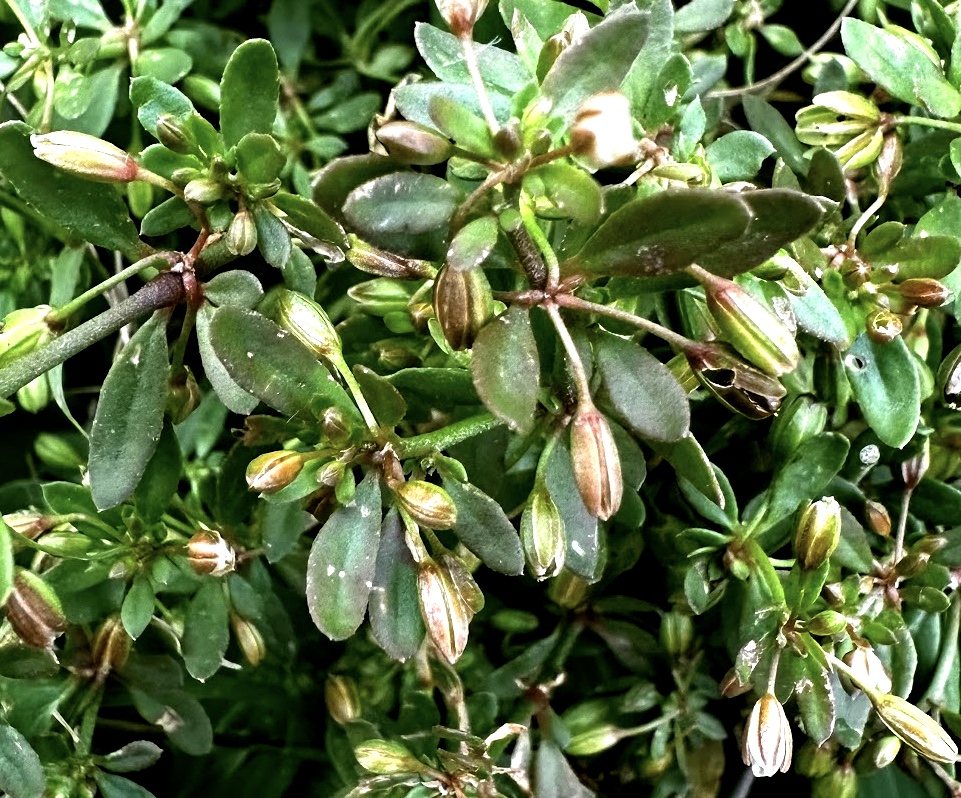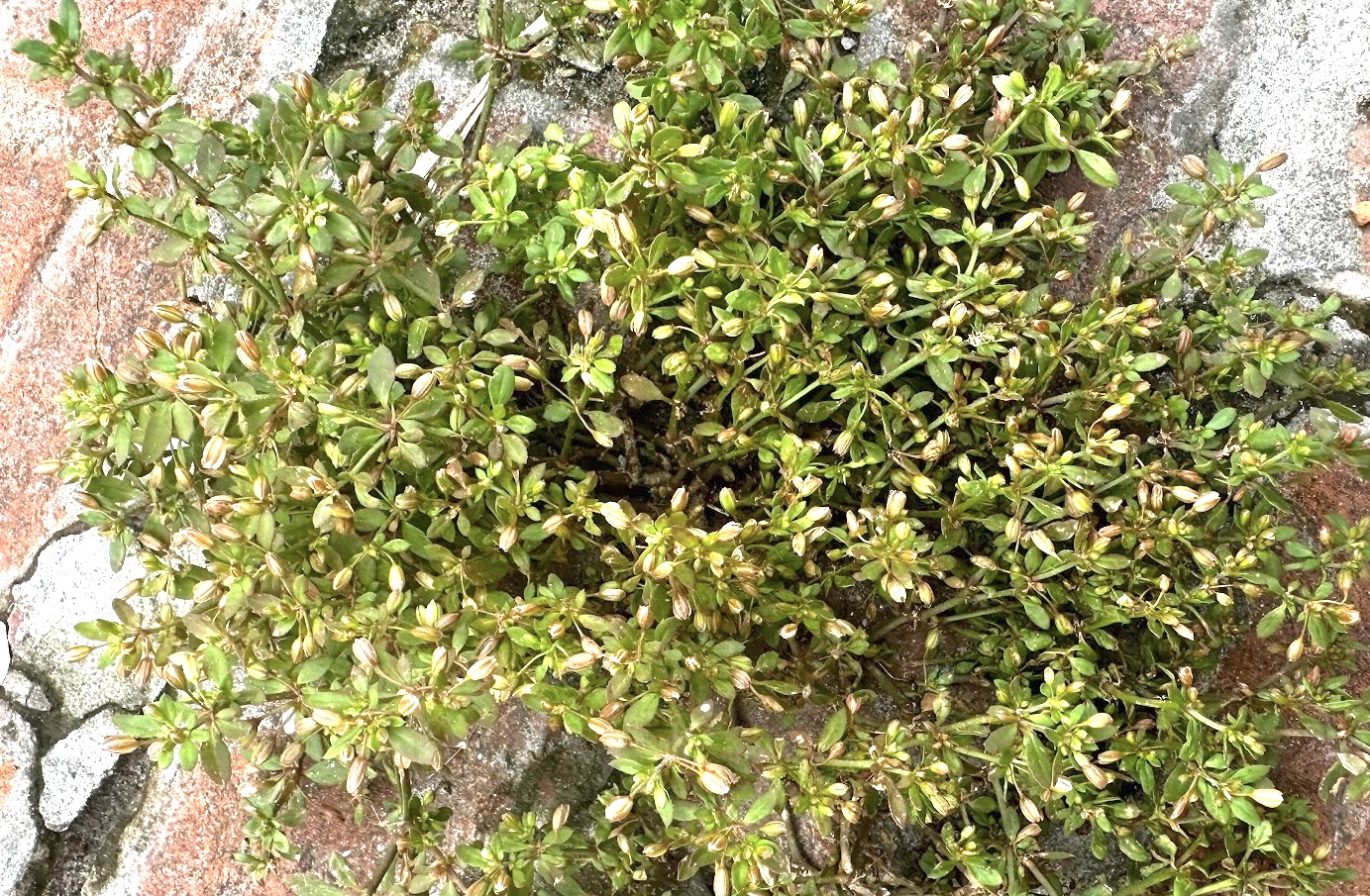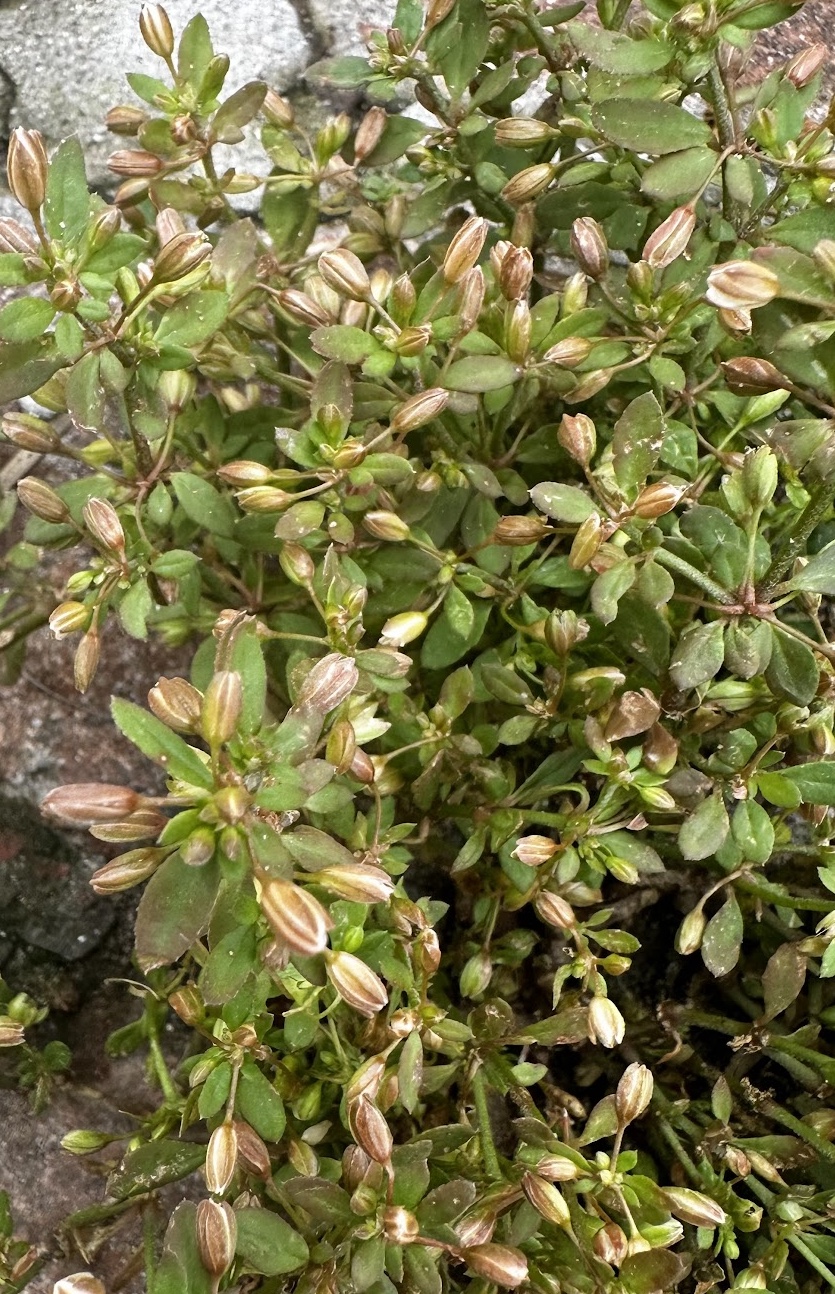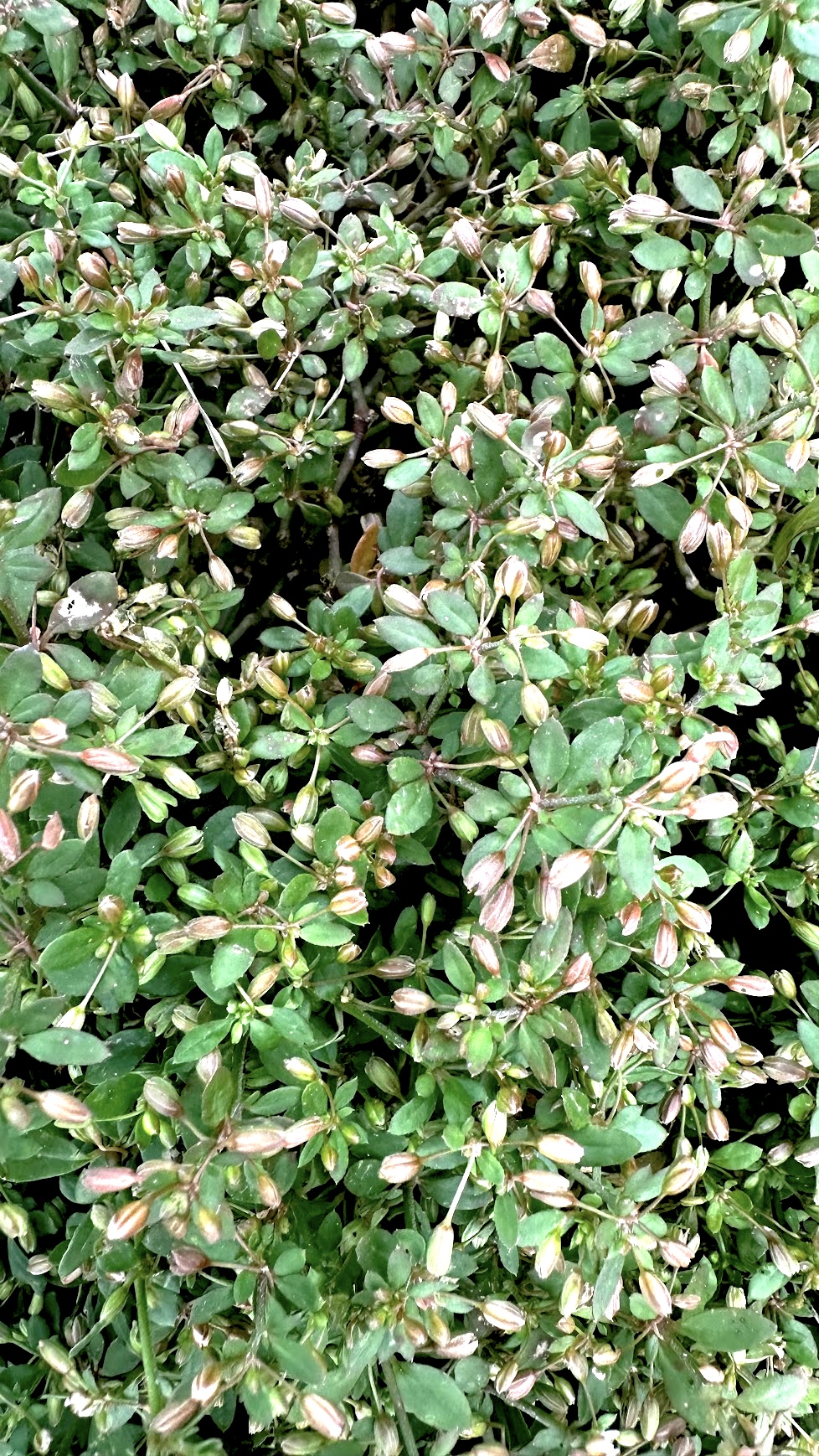

Identification Notes





EPPO CodeGUSOP |
Life CycleAnnual |
MorphologyAnnual prostrate herb. Leaves simple, whorled, linear-lanceolate, 1.2–5 cm long, 2–5 mm wide; petiole short. Inflorescence axillary, cluster of 4–6 flowers. Flowers 6–12 mm long, greenish-white, with long pedicel. Fruit a dehiscing capsule, ellipsoid. Seeds numerous, reniform, 0.5 mm long |
Growing seasonMonsoon season |
Germination periodMay to October |
Flowering periodMay to October |
PropagationBy Seed or Stem cutting |
HabitatIt grows in moist fallow lands, cultivated fields, and walls. This plant is commonly found throughout Bangladesh |
Weed potentialIt thrives in moist areas and is often found in fallow lands, cultivated fields, and along walls. |
Control measureManual Weeding |
Recommended herbicide- |
DistributionNative to Africa and spread throughout the tropics and subtropics. It's found in various regions including East Africa, West Africa, the Indian subcontinent, Southeast Asia, and Australia. |
Medicinal propertiesA herb with a wide range of medicinal properties, including being used in traditional medicine for insomnia, pain, inflammation, fever, and jaundice. Also potential as an antioxidant, hypoglycemic, anti-inflammatory, antidiarrheal, and anthelmintic agent. |
References- |